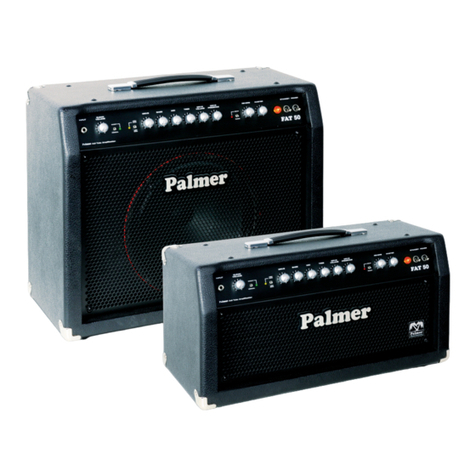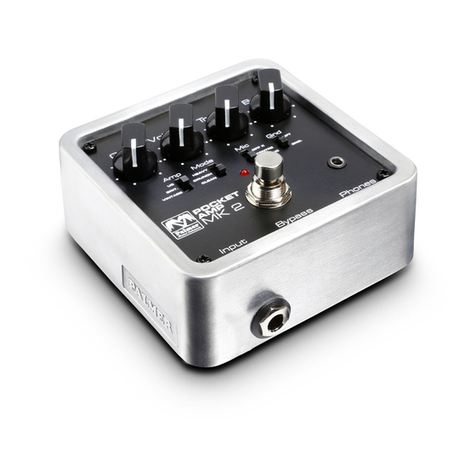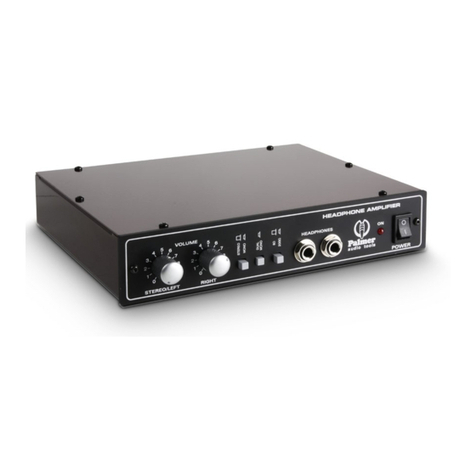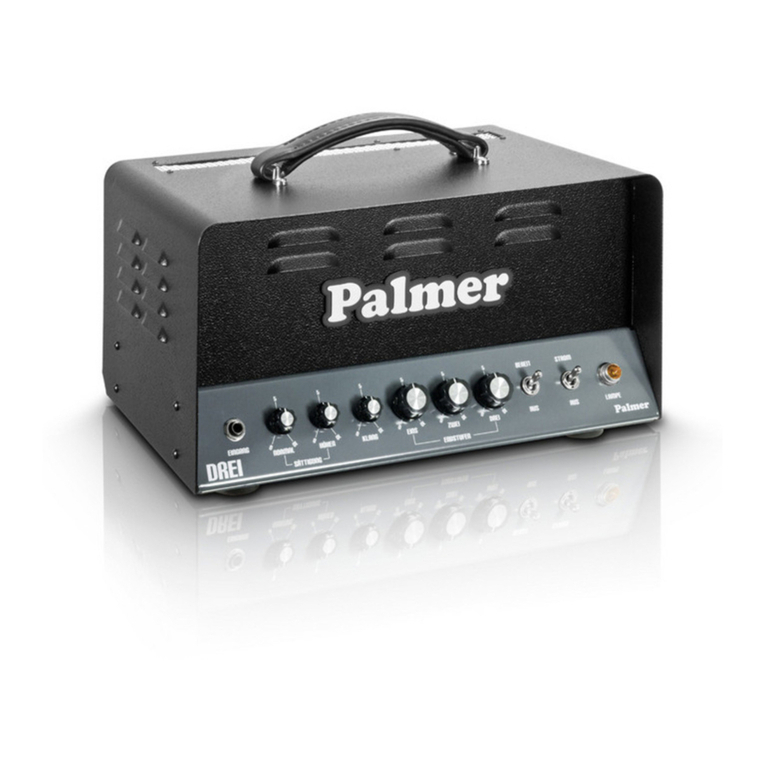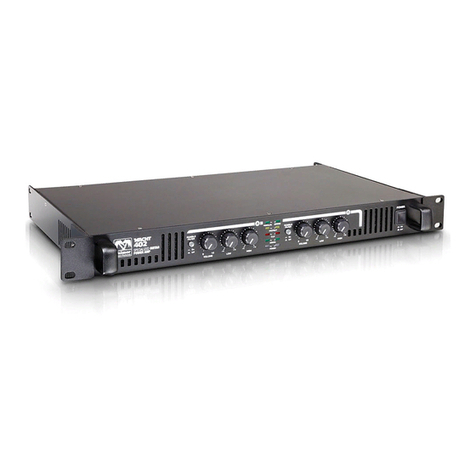IMPORTANT SAFETY INSTRUCTIONS
• Read these instructions!
• Keep these instructions!
• Heed all warnings!
• Follow all instructions in this manual and on the apparatus!
• Do not use this apparatus near water, i.e. bathtubs, sinks, swimming
pools, wet basements, etc.
• Do not expose this apparatus to dripping and splashing, and do not
place objects filled with liquids, such as
vases, on this product.
• Do not place naked flame sources, such as lighted candles, on the ap-
paratus.
• Do not use this apparatus in dusty atmospheres, or in atmospheres con-
taining flammable gases or chemicals.
• Use only with the cart, stand, tripod, bracket, or table specified by
the manufacturer, or sold with this apparatus.
Use caution when moving the cart, stand, tripod, bracket, or table/appa-
ratus combination to avoid injury from tipover
and damage to the apparatus.
• Clean only with dry cloth.
- liquid has been spilled into the product,
- objects have fallen into the product,
- the product has been exposed to rain or moisture,
- the product has been dropped or the cabinet has been damaged,
- the product does not operate normally.
• Exposure to extremely high noise levels may cause permanent hearing
loss.
• Individuals vary considerably in susceptibility to noise induced hear-
ing loss, but nearly everyone will lose some
hearing if exposed to sufficiently intense noise for a sufficient time.
The U.S. Government´s Occupational Safety and Health Administration
(OSHA) has specified the following permissible noise level exposures:
DURATION PER DAY IN HOURS SOUND LEVEL DBA, SLOW RESPONSE
8 90
6 92
4 95
3 97
2 100
1.5 102
1 105
0.5 110
0.25 or less 115
04
